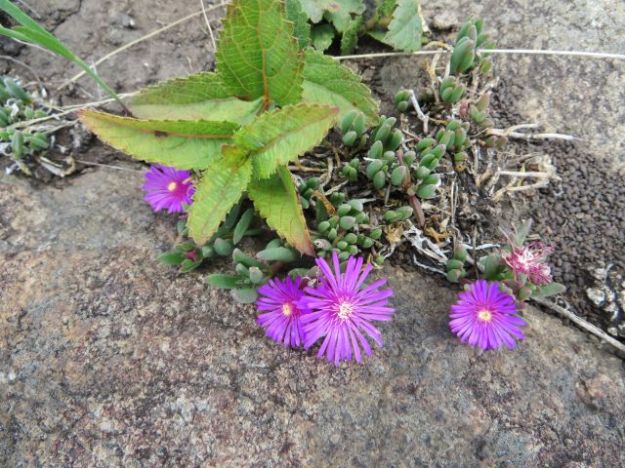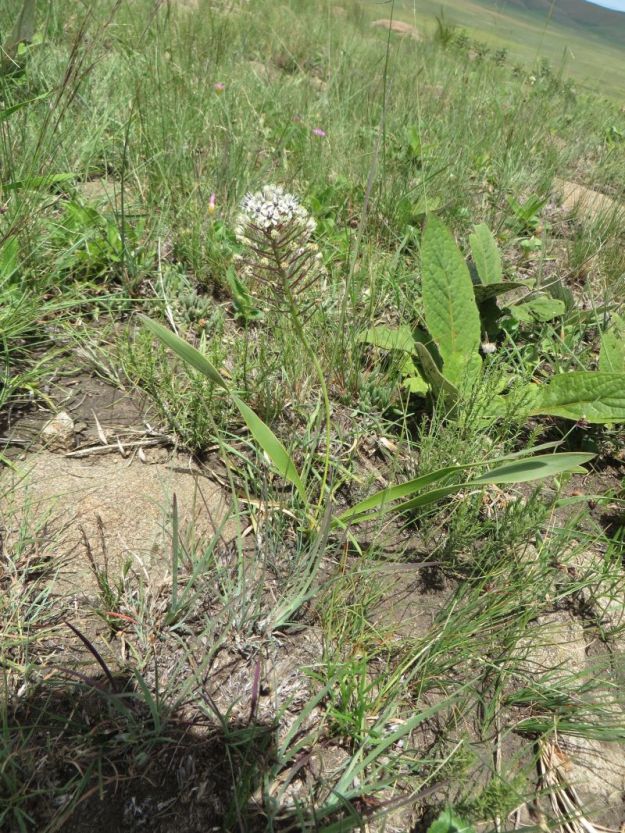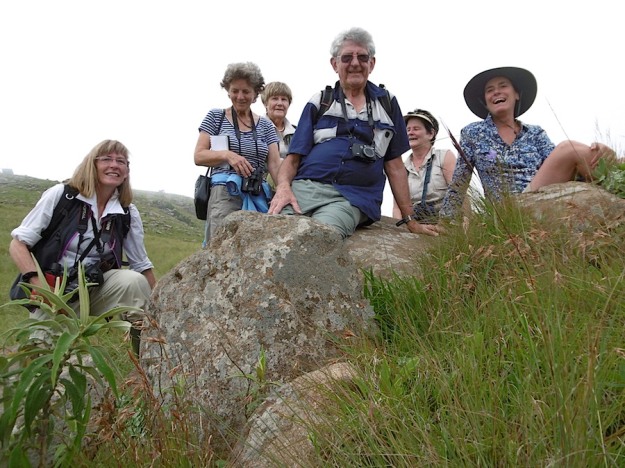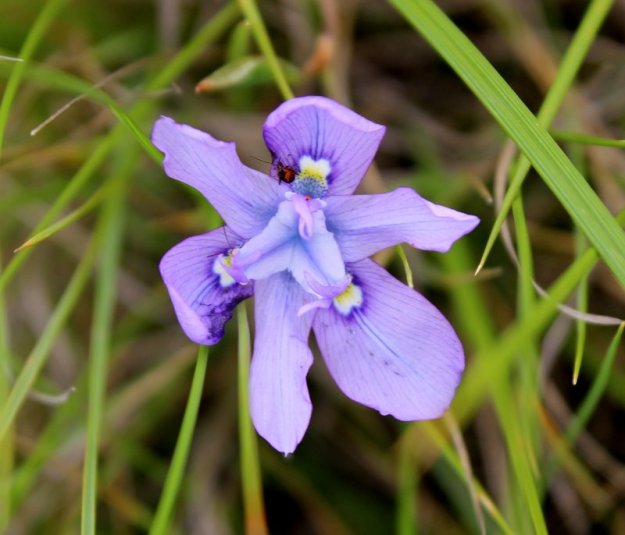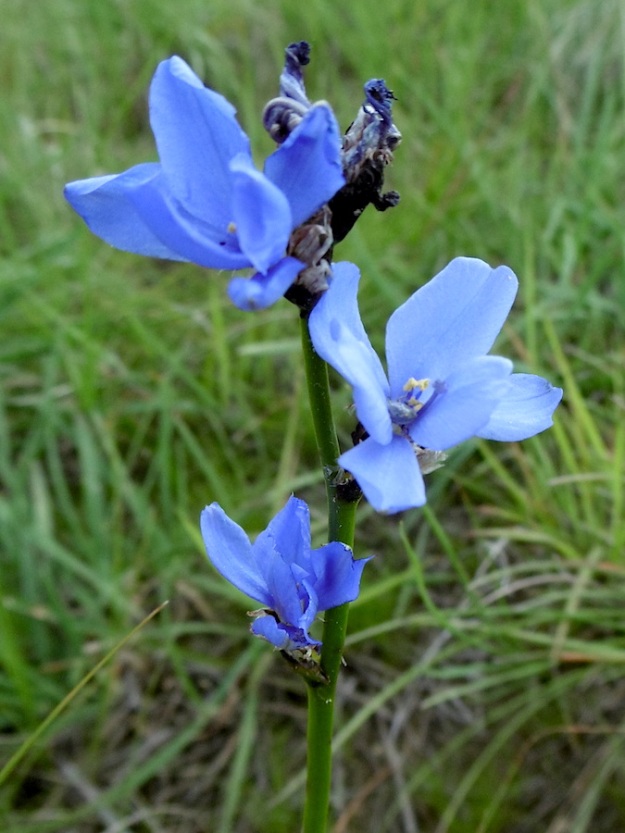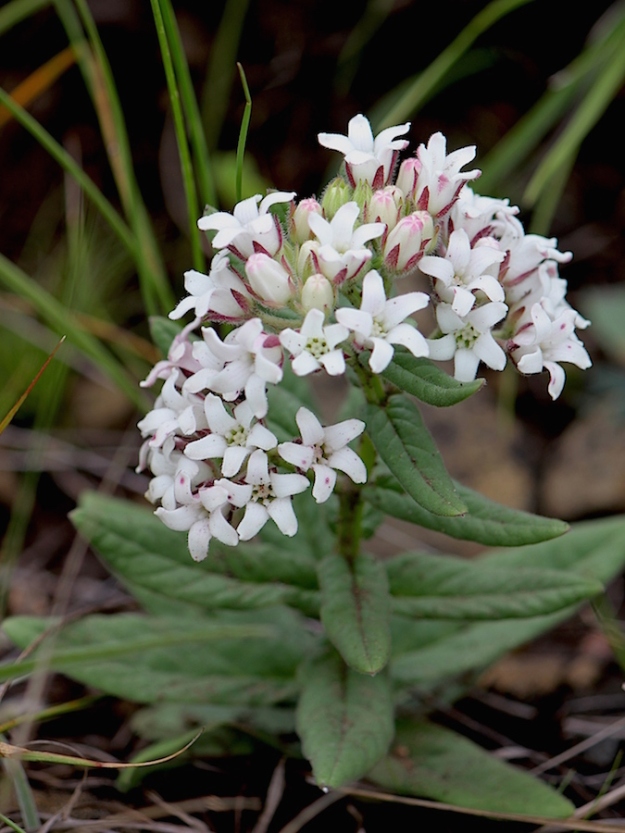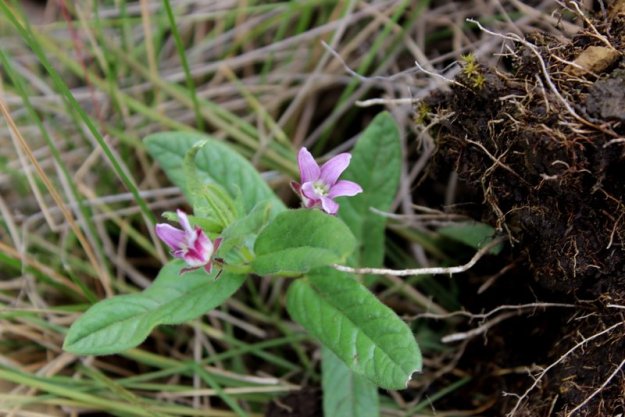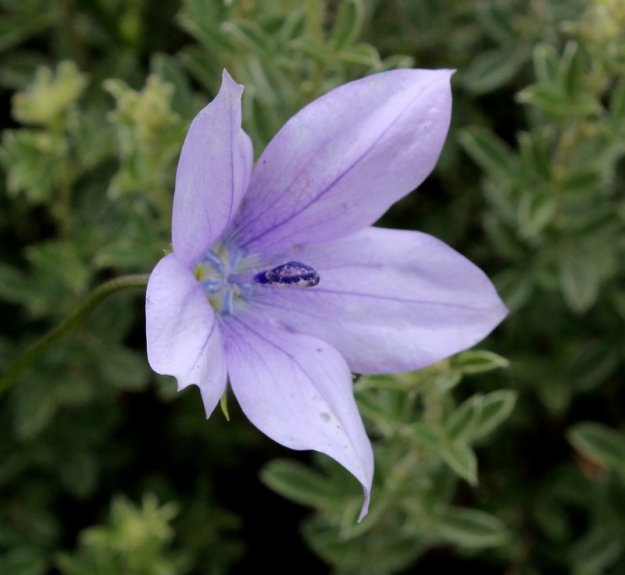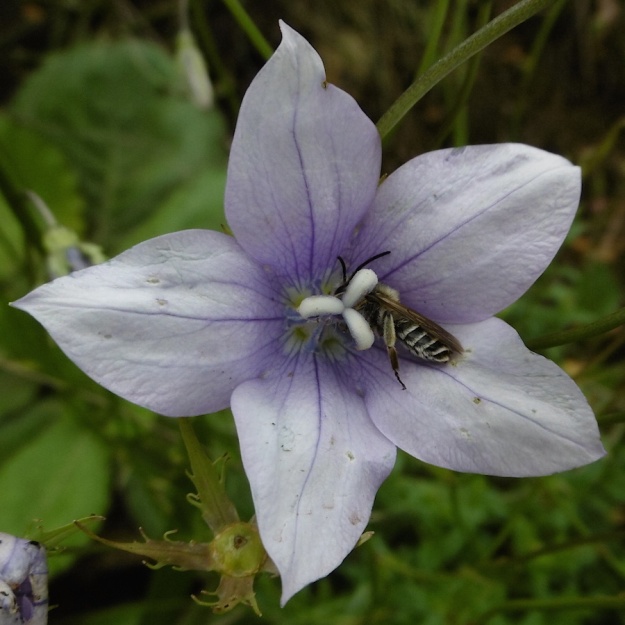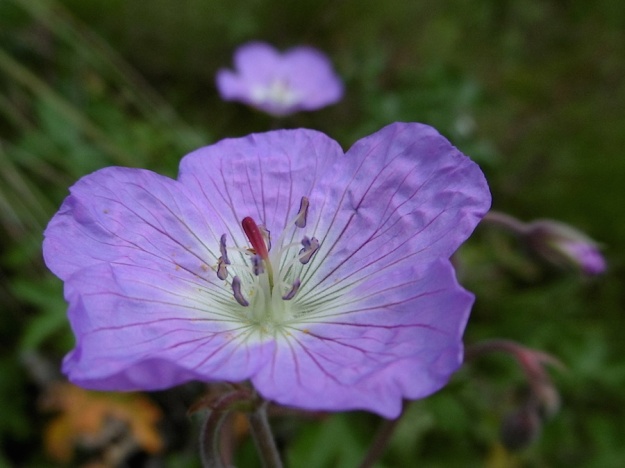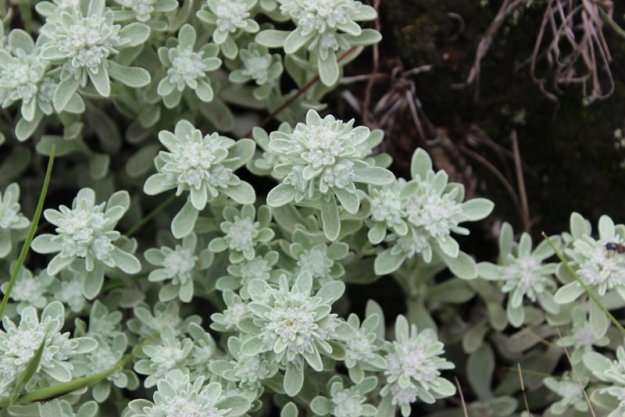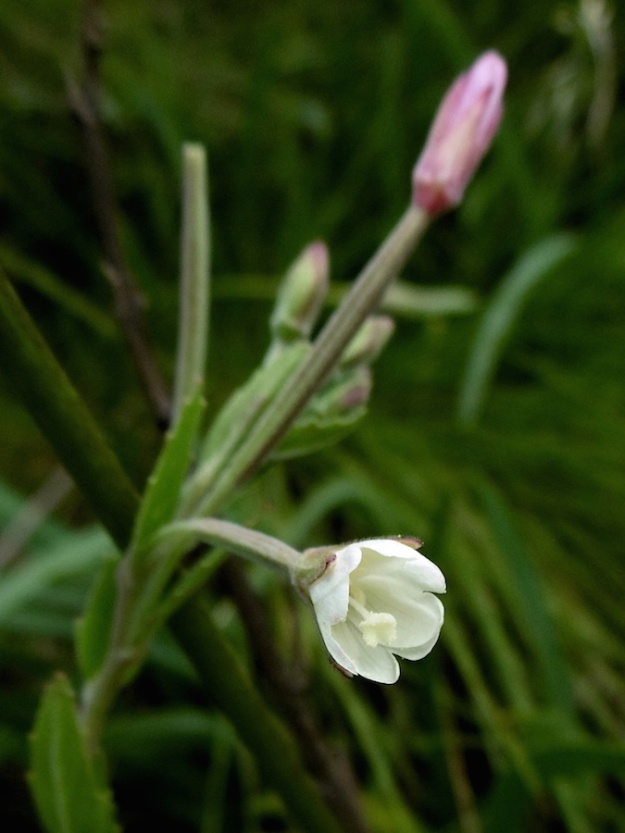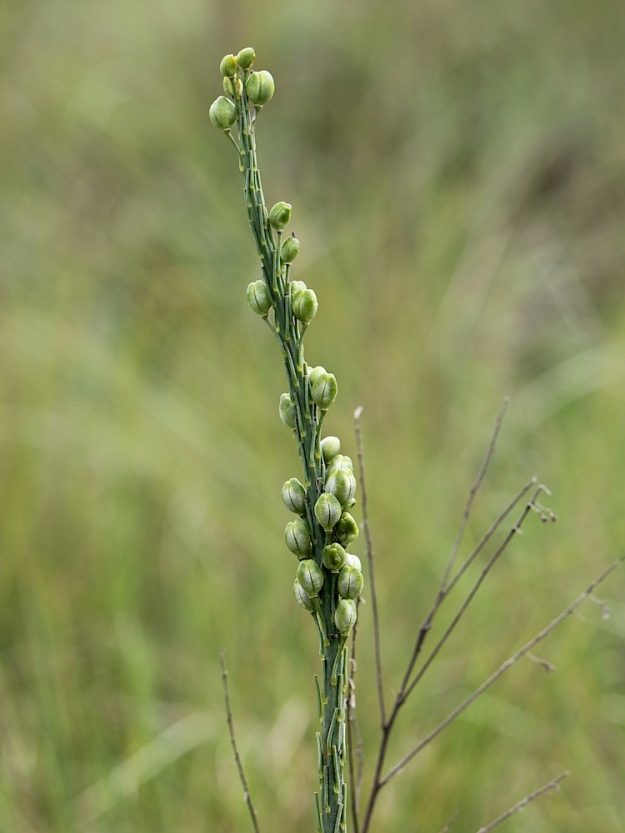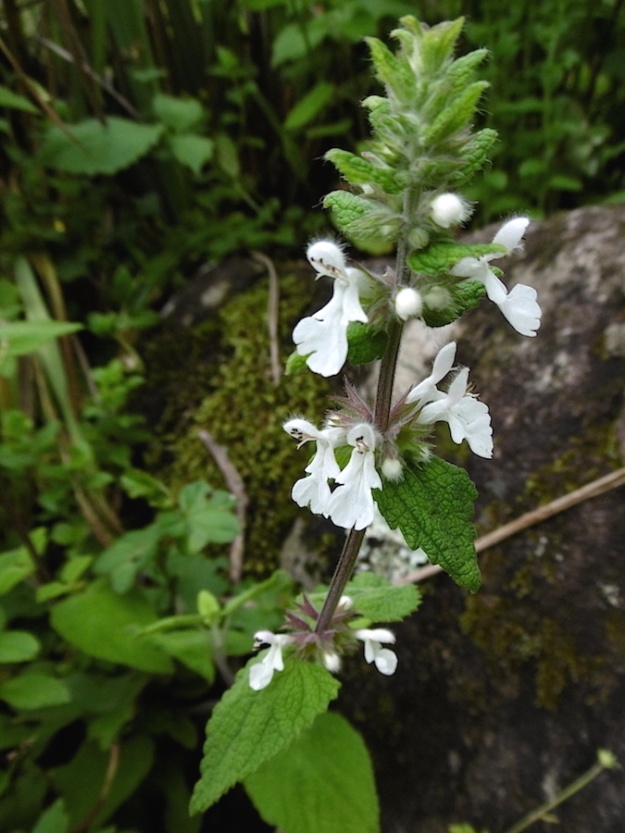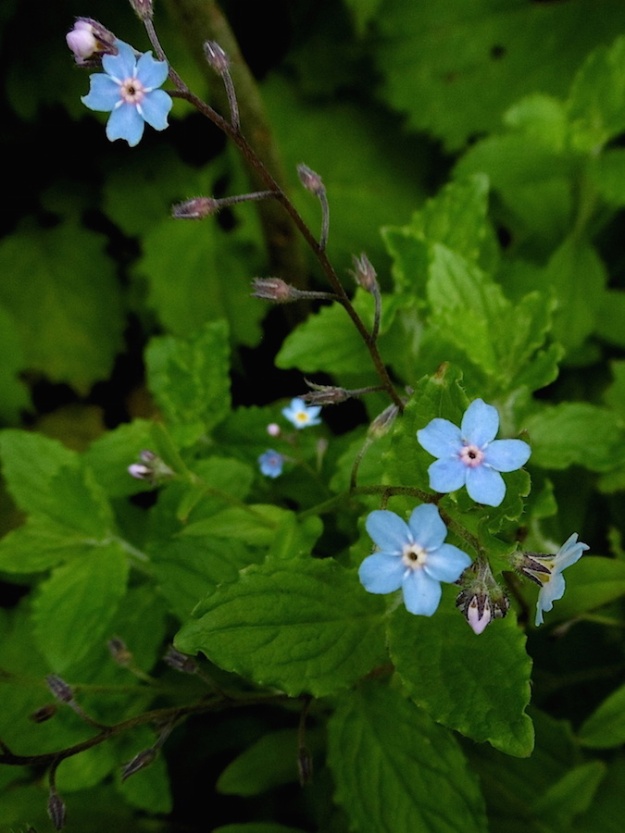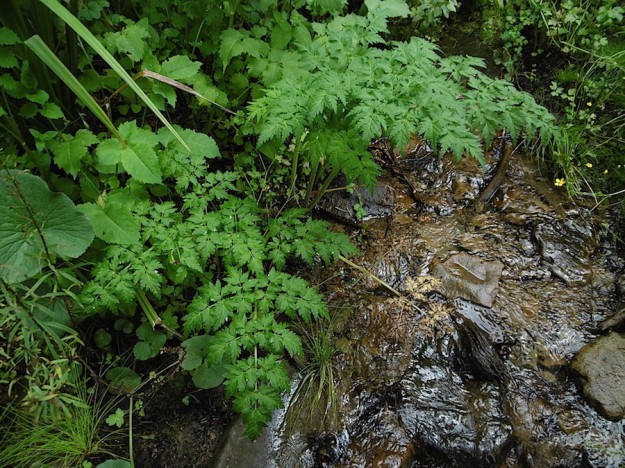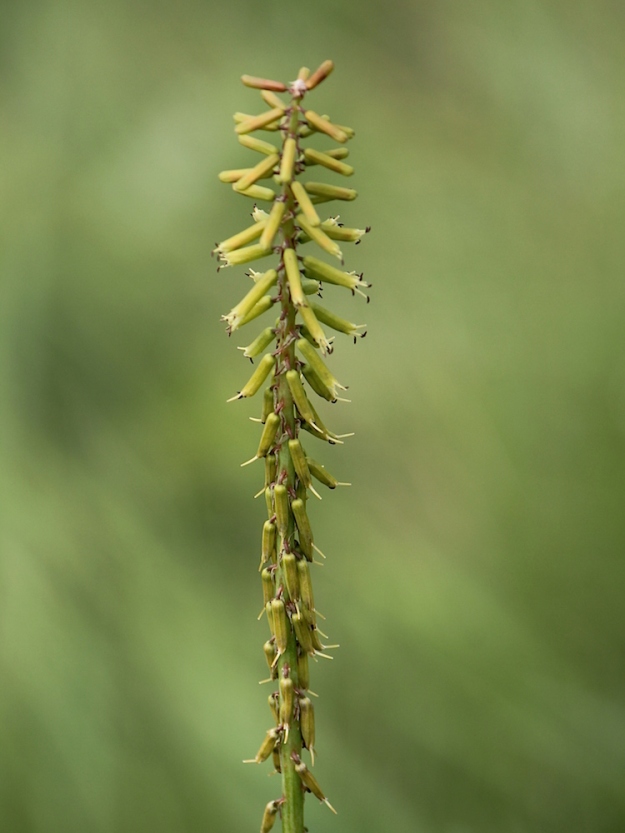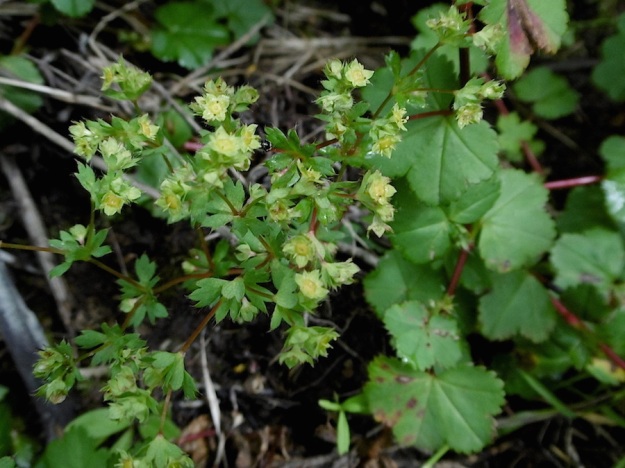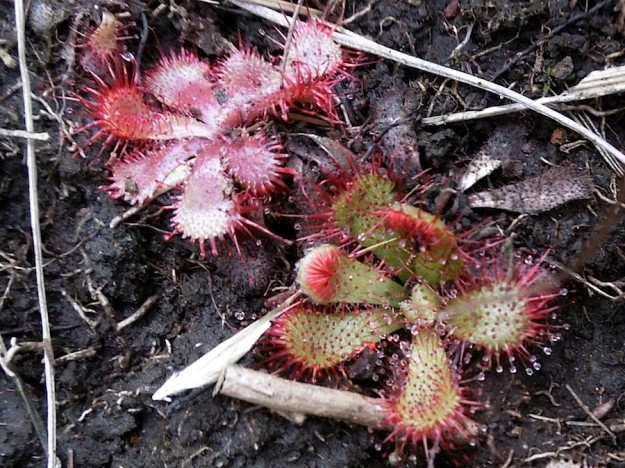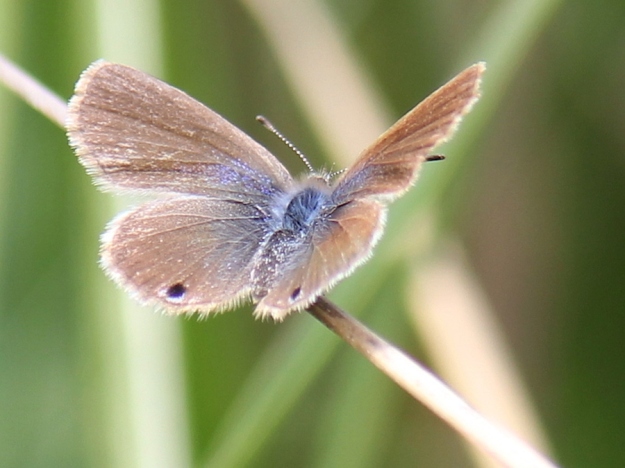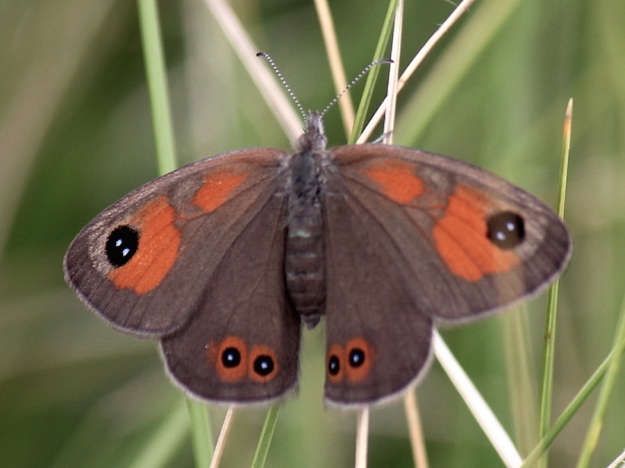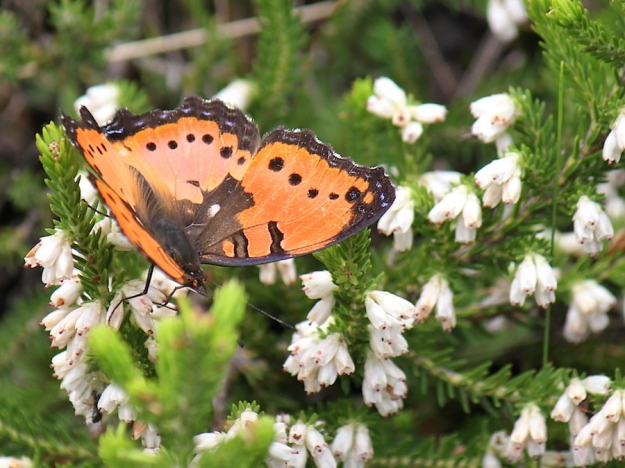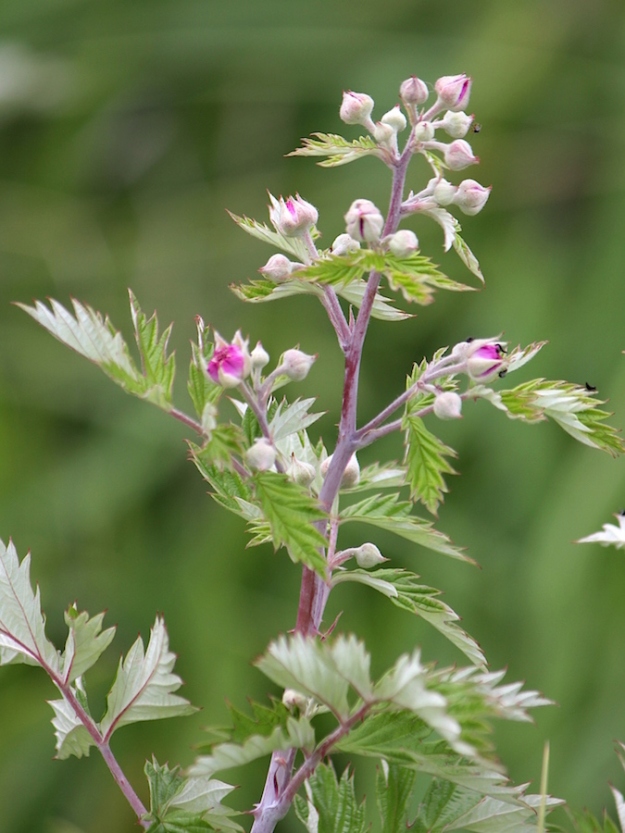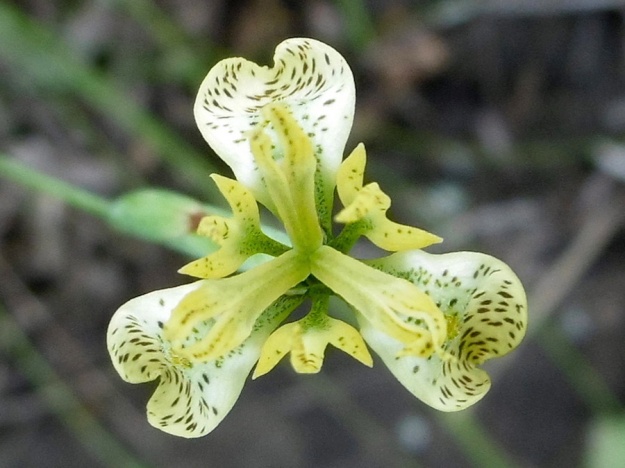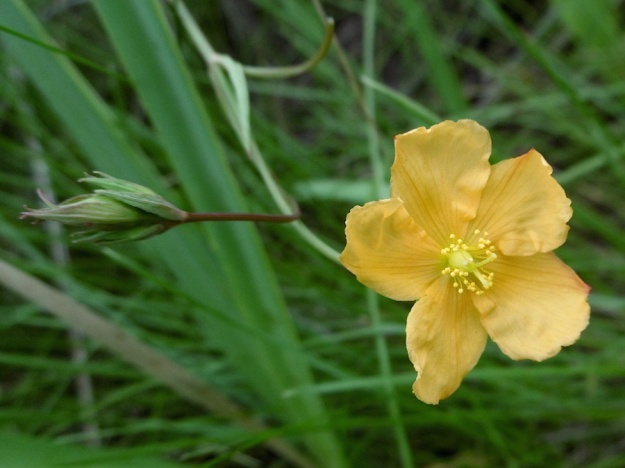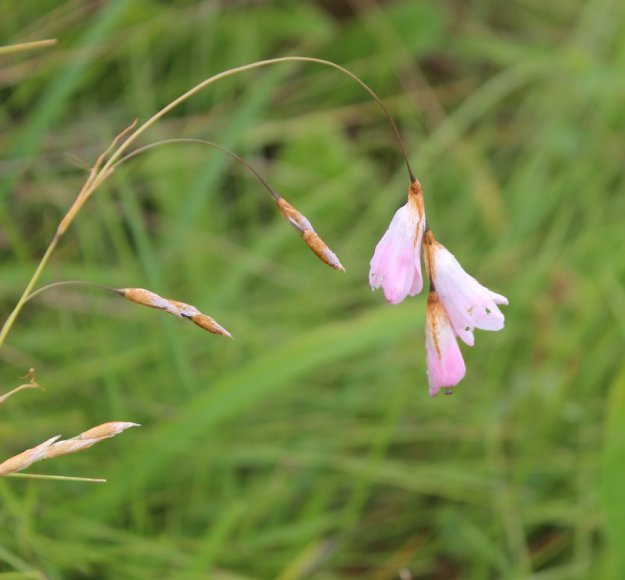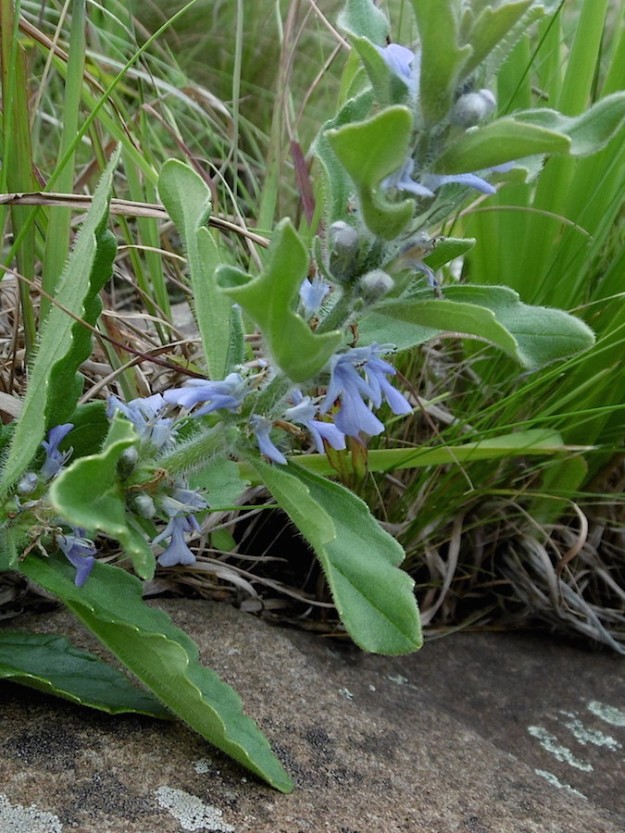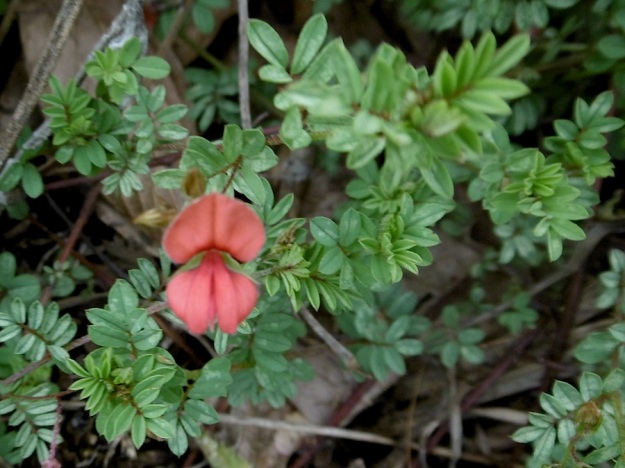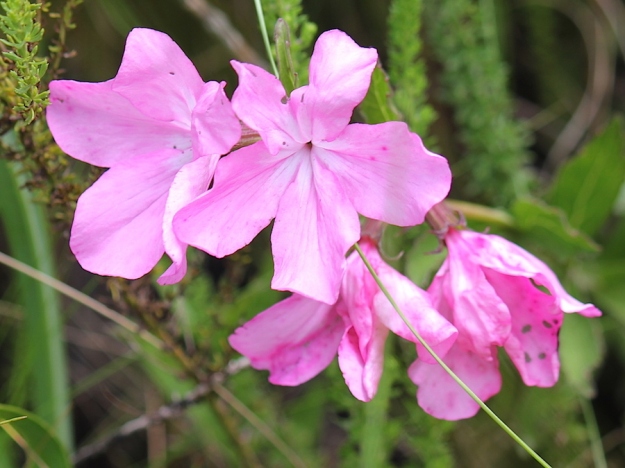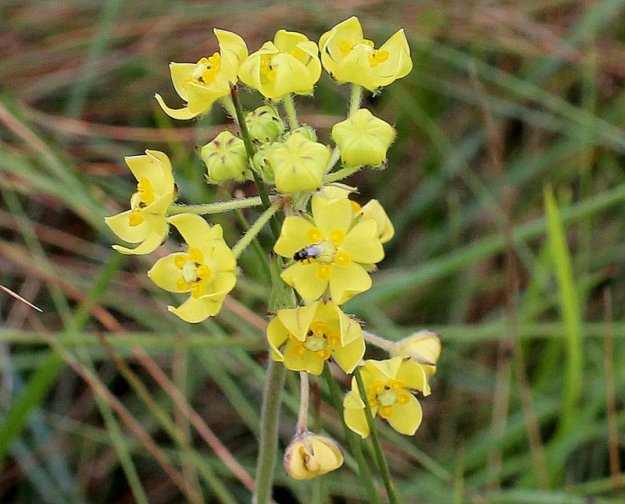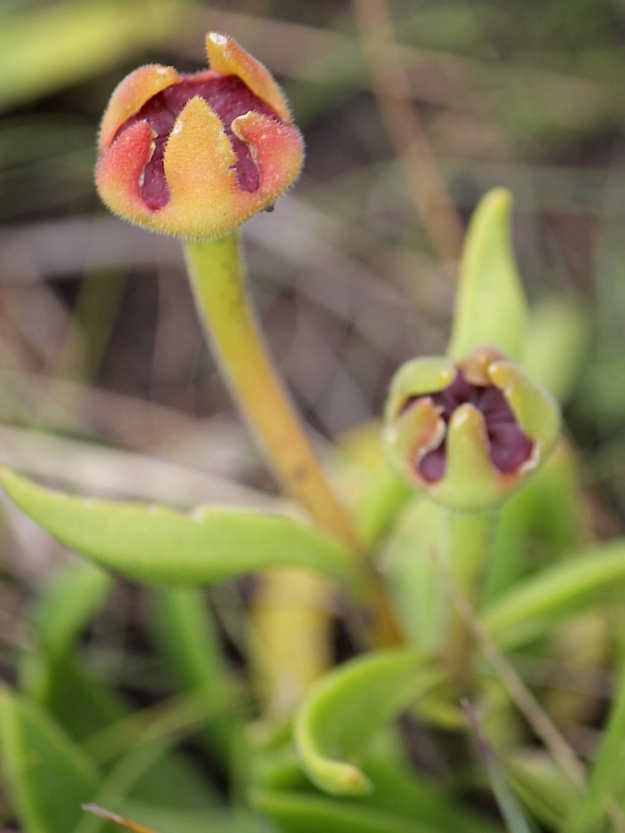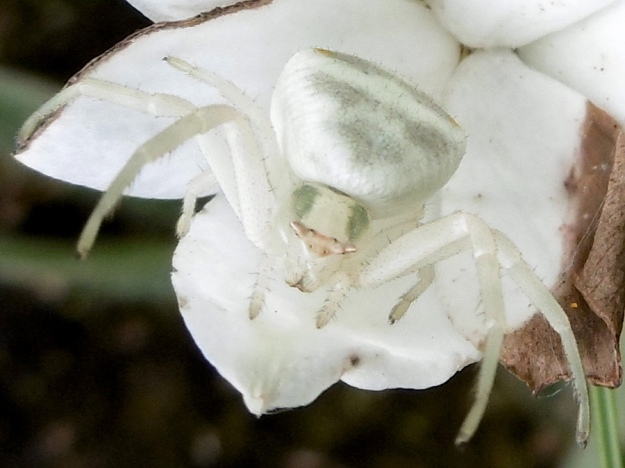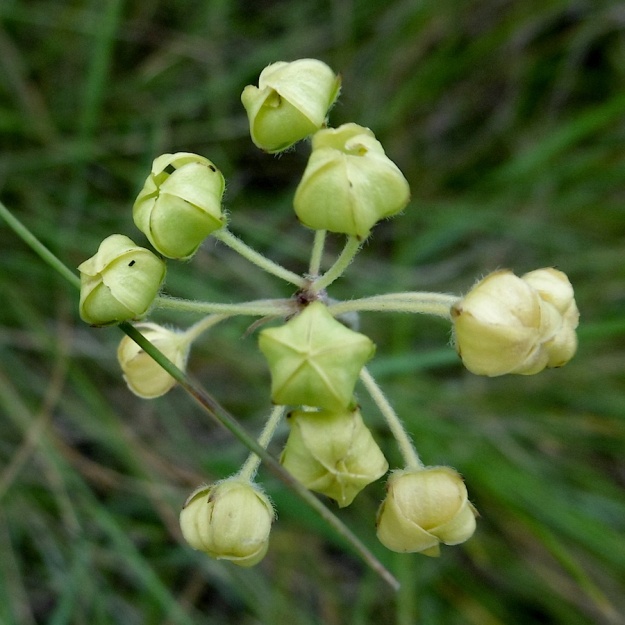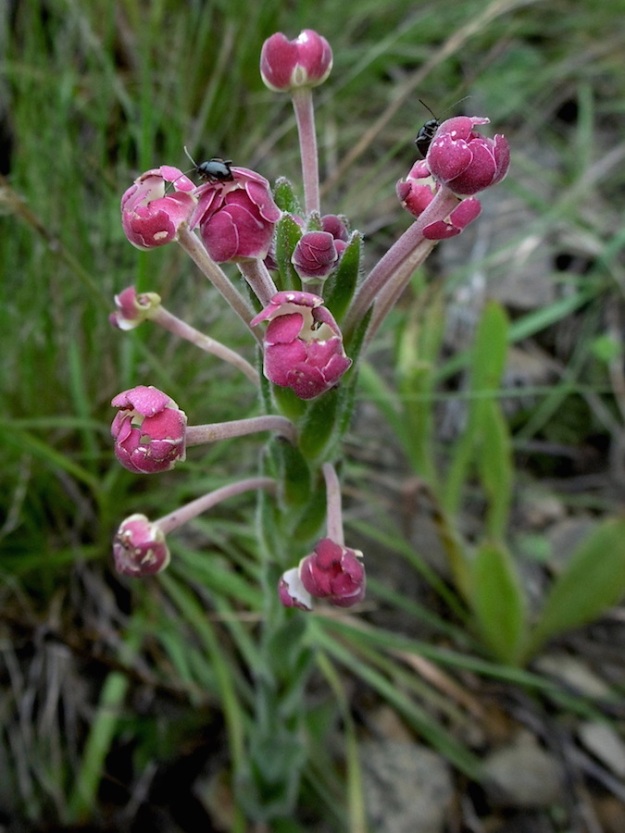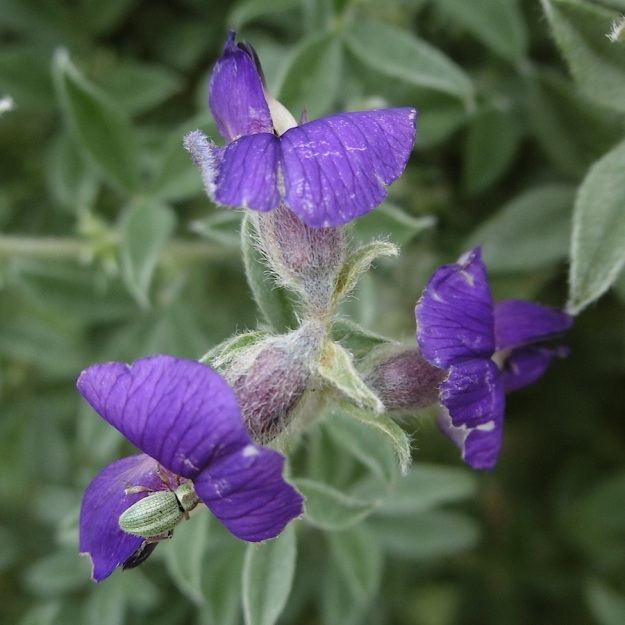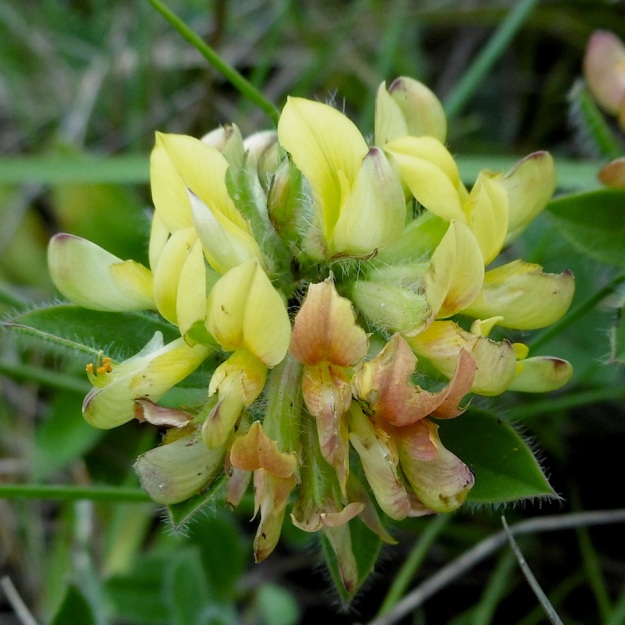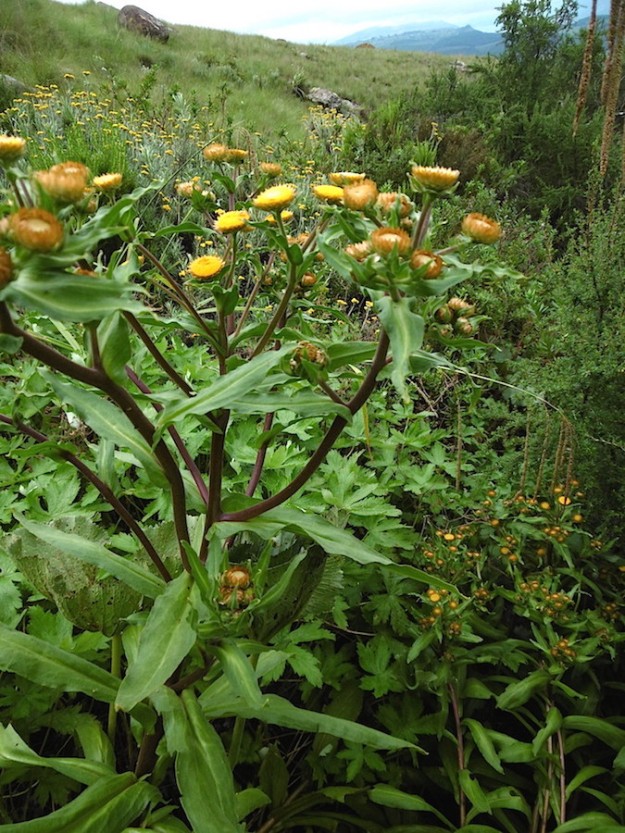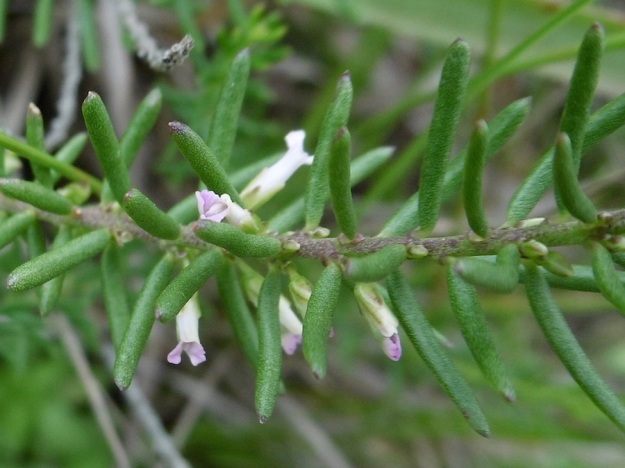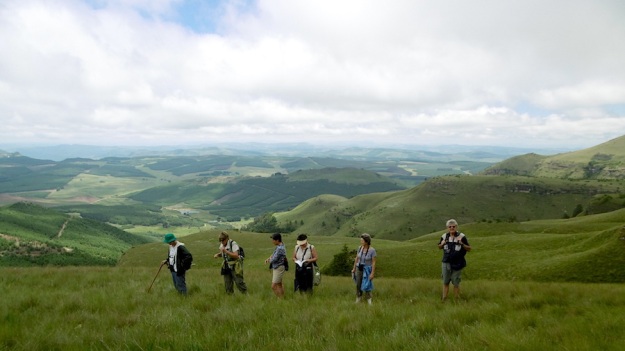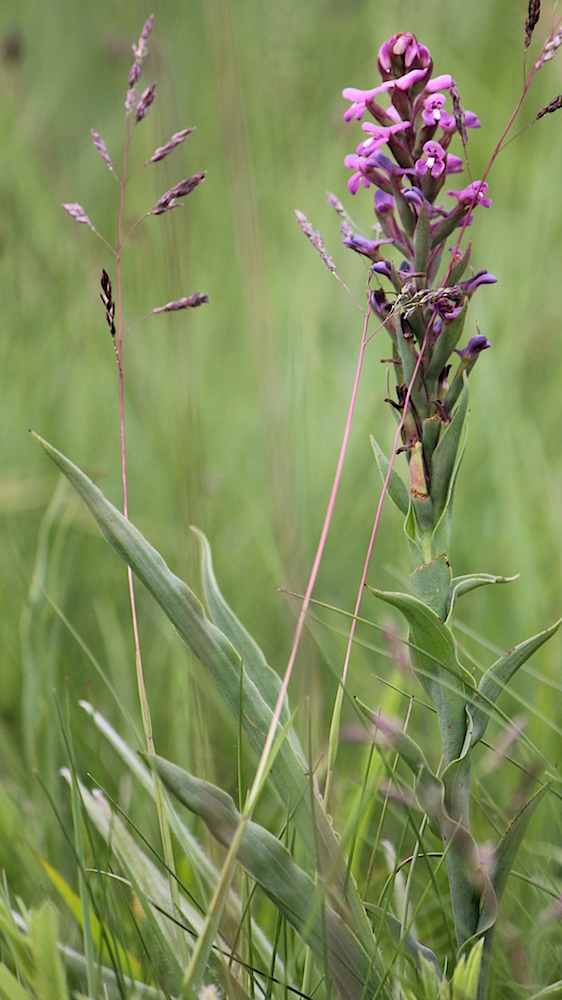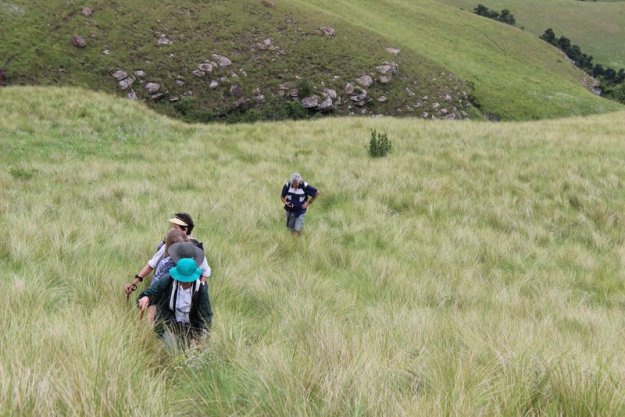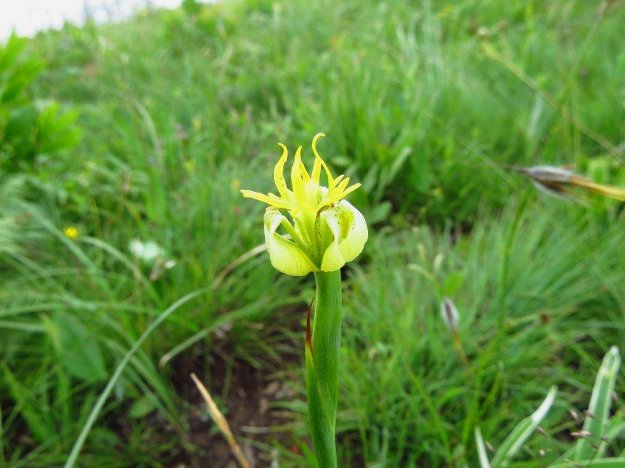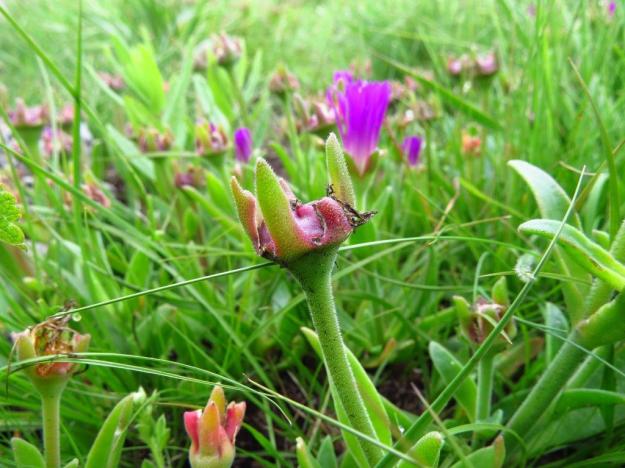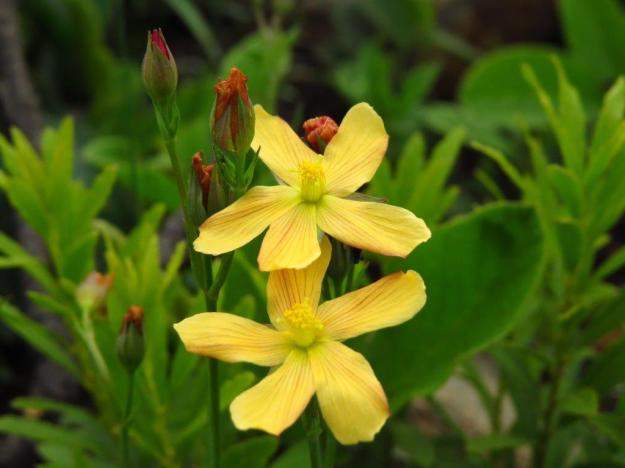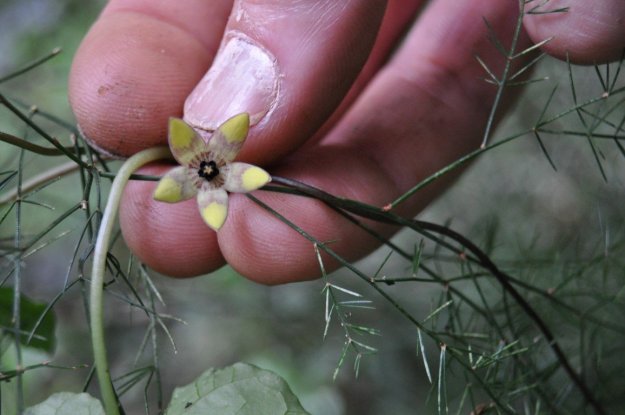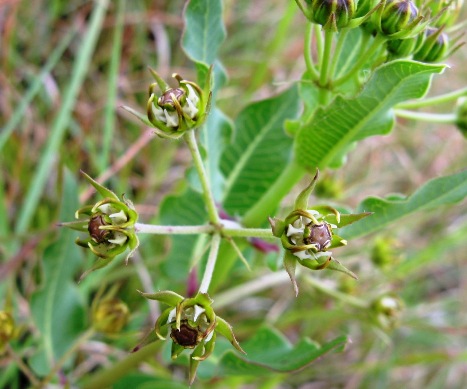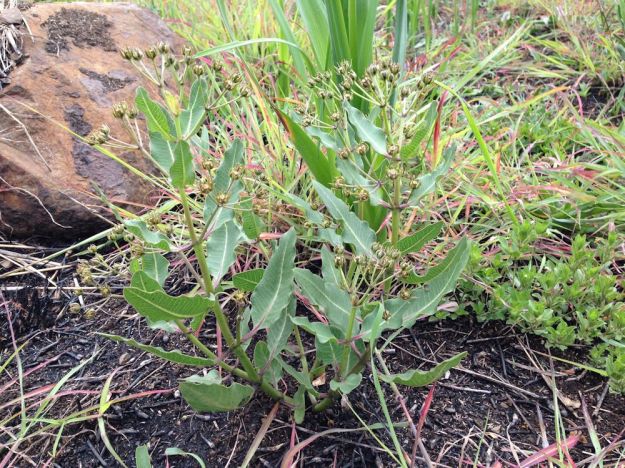Christeen Grant – Sitamani
Rain and thunderstorms in a typically Summer pattern almost every day, has resulted in a carpeting of wildflowers!

Black-backed Jackal call in the dark hours, Duiker daintily pick their way in dew laden grass in the early mornings and the family of three Common Reedbuck are often seen together near the house.

Flowers seen include: Ajuga ophrydis,

Albuca setosa,

Aristea cognata,

Aspidonepsis flava,

Aster bakerianus,

Cyphia elata,

Dimorphotheca jucunda,

Gladiolus longicollis the sweetly scented “Honey Flower” which only opens at night and in misty conditions, is pollinated by a Hawk Moth,

an abundance of Haemanthus humilis in a rocky patch,

one of my favourites Heliophila rigiuscula,

bright patches of Indigofera hilaris,
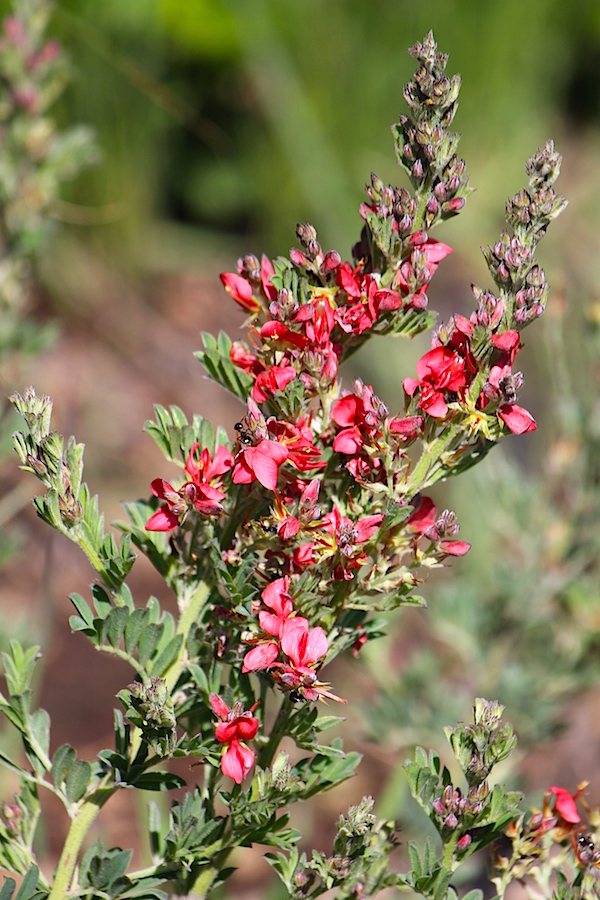
Lotononis corymbosa,

many Merwilla nervosa flowers,

the dainty Orithogalum graminifolium,
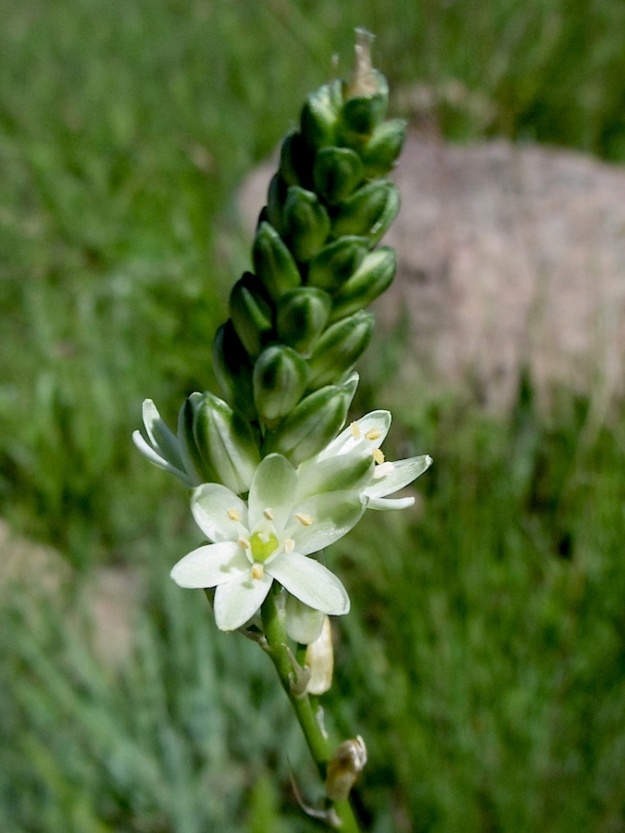
a stunning Pachycarpus natalensis,

the dainty trailing Pelargonium alchemilloides

and Pelargonium luridum,

bright red Peucedanum caffrum seed heads,

many Wahlenbergia sp including cuspidata

and vibrantly neon orange Watsonia socium scattered on the hillside.
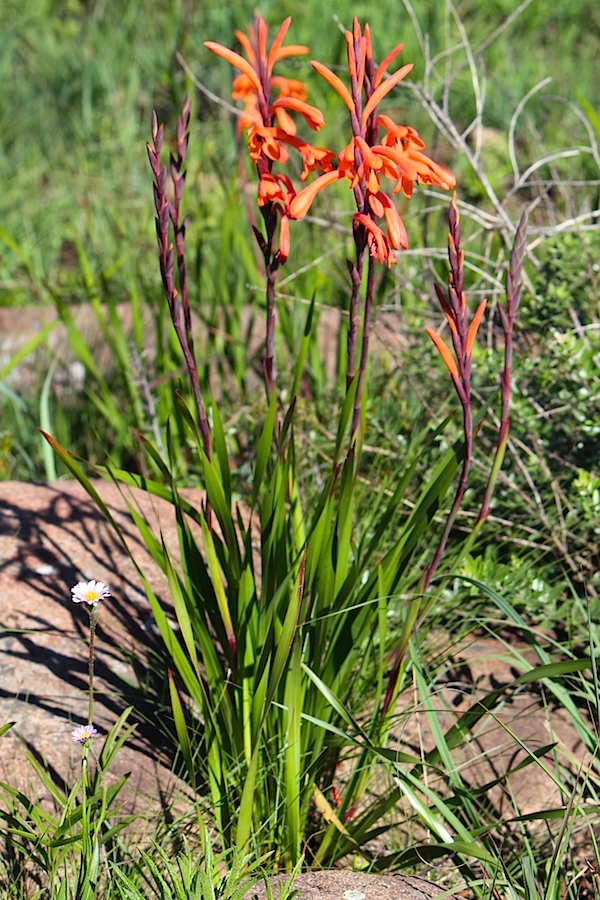
Beautiful moths, these particularly caught my eye, a Bagworm on a Vernonia sp. this is the laval form of the Psychidae family of moths. Males have clear grey wings with hairy veins when they hatch, females never leave the laval bag. Once mated, most females remain in the bag, lay eggs within it and die. 
A Slug moth,

Speckled / Wattle Emperor with it’s stunning pink ‘eyes’

and a delightful bright coloured moth which I haven’t been able to identify, does anyone know it’s name?

Red-collared Widow males are fully in their striking black courting plumage, red collars very bright, Striped Swallows in free flight sometimes swooping in and out of the house are only two of the myriad of birds around at the moment!
A lovely find of a hatched African Stonechat egg, neatly deposited out in the open away from the nest. 
Tiny Swee Waxbills forage for seeds in the grass,

close to a Four-striped Mouse that has become very tame.

Bev and Bruce Astrup – Highlands Glen
Hear African Fish-Eagle calling fairly often; Long-crested Eagles; African Harrier-Hawk; Water Mongoose often; Spur-winged Geese, Common Reedbuck on a daily basis at house

Barbara and David, visiting Gramarye, watching at birdfeeder: Pin-tailed Whydah female

Sparrow

Delighted to hear Grey Crowned Crane calling and then seeing the female in a field at The Willows feeding near a water furrow and calling to mate, who had gone “flyabout”. From regular duetting, they appear to be preparing for the breeding season. Also at feed table were regular visits by Village Weavers.

Greater Striped Swallows are nesting on the verandah and swooping about.
Gordon Pascoe – Keswick
Reported seeing 27 Grey Crowned Cranes flying over Keswick late in November
Crystelle Wilson – Gramarye
The decision I took some years ago to grow lots more indigenous plants in my garden is paying off handsomely with more bird species coming to inspect what is on offer by way of food or security for nesting purposes. A newcomer during November was Brimstone Canary who was out in the open contentedly munching on euphorbia seeds.

My previous sightings of this canary were usually near patches of forest elsewhere in the district. Brimstone is the largest of the canaries and has a heavy bill (Afrikaans name is Dikbekkanarie) and one could compare the differentiation in markings with the other two yellow canaries also found at Gramarye, the Yellow-fronted and Cape Canaries.

African Firefinch ventured out in the open, while Dark-capped Yellow Warblers, African Reed Warblers

and Little Rush Warblers continued to kick up a din along the river.

Along the Dargle Road I was pleased to spot a little band of Orange-breasted Waxbills, a species that appear to be in some trouble. It is always exciting to see a swirl of swifts moving across the sky and usually it is a challenge to identify them. Alpine Swift is the easiest because of its large size, white chin and belly and the power and speed of its flight.

It was very satisfactory to take a birder friend who wanted to see a Bush Blackcap to the Norwood forest, stopping the car and telling her it should be here somewhere, and the next moment she was calling out she’s found it.
The SABAP2 list for Elandshoek pentad 2935_3000 was: Yellow-throated Petronia, Greater Honeyguide, Red-chested Flufftail, Red-collared Widowbird, Reed Cormorant, White-breasted Cormorant, Jackal Buzzard, Red-capped Lark, African Darter, Red-throated Wryneck, Yellow-billed Kite, Cape Glossy Starling, African Fish-Eagle, Green Wood-Hoopoe, Orange-breasted Waxbill, Southern Red Bishop,

Zitting Cisticola, Blacksmith Lapwing, Red-billed Quelea, Wing-snapping Cisticola, Sparrow, House, Pied Starling, African Pipit, Pied Crow, Forest Canary, Wattled Crane, Red-winged Starling, Cape Batis, Sombre Greenbul,

Black-backed Puffback, Green-backed Camaroptera, Bar-throated Apalis, Black Cuckoo, Speckled Pigeon, Long-tailed Widowbird, Buff-streaked Chat, White-throated Swallow, Malachite Kingfisher, Pied Kingfisher, Three-banded Plover, Little Grebe, Cuckoo, Red-chested, Brown-throated Martin, Common Fiscal, Black Saw-wing, Common Moorhen, Red-knobbed Coot, Southern Double-collared Sunbird, African Firefinch, Speckled Mousebird, Cattle Egret, Brimstone Canary, Neddicky, Terrestrial Brownbul, Yellow Bishop, Barratt’s Warbler, Yellow-billed Duck, Yellow-fronted Canary,

Black-headed Heron, African Reed-Warbler, Long-crested Eagle, Diderick Cuckoo,

Cape Grassbird, Common Quail, Bokmakierie, African Sacred Ibis, Greater Striped Swallow, African Black Duck, Common Waxbill, Southern Grey-headed Sparrow, Cape Sparrow, Amethyst Sunbird, African Harrier-Hawk, Dark-capped Bulbul, Spur-winged Goose, African Stonechat, Red-necked Spurfowl, Egyptian Goose, Dark-capped Yellow Warbler, Little Rush-Warbler, African Rail, Cape Wagtail, Cape Longclaw, Fan-tailed Widowbird,

Burchell’s Coucal, Cape Crow, Cape Turtle-Dove, Red-eyed Dove, Fork-tailed Drongo, Helmeted Guineafowl, Black-headed Oriole, Cape Robin-Chat, African Hoopoe, Cape Canary, African Paradise-Flycatcher, African Dusky Flycatcher, Southern Boubou, Olive Thrush, Hadeda Ibis, Grey Crowned Crane, Barn Swallow.

During a visit home Matthew Murray took time out to accompany me to Impendle town to do a SABAP2 atlas list. We ticked 61 birds in about three hours, the highest total so far for this pentad.
The list for Impendle pentad 2935_2950 was: Pin-tailed Whydah, Yellow-billed Duck, African Rail, African Reed-Warbler, Black-headed Heron, Red-chested Flufftail, Long-tailed Widowbird, Little Rush-Warbler, Spur-winged Goose, Grey Crowned Crane, Common Waxbill, Familiar Chat, Speckled Mousebird, Common Myna, Wattled Starling,

Red-chested Cuckoo, Pied Starling, House Sparrow, African Harrier-Hawk, Cape Wagtail, Cape Turtle-Dove, Cape Sparrow, Southern Grey-headed Sparrow, Buff-streaked Chat, Cape Crow, Blacksmith Lapwing, Blue Crane,

Cattle Egret, Pied Crow, Wing-snapping Cisticola, Red-collared Widowbird, Lanner Falcon, Dark-capped Bulbul, Cape Longclaw, Cape Grassbird, Dark-capped Yellow Warbler, Bokmakierie, Yellow Bishop, Jackal Buzzard, African Pipit, Cape Glossy Starling, Fork-tailed Drongo, Cape Weaver, African Dusky Flycatcher, Levaillant’s Cisticola,

Drakensberg Prinia, African Sacred Ibis, Cape White-eye, Black Saw-wing, Little Grebe, Red-knobbed Coot, South African Shelduck, African Spoonbill, Cape Canary, Egyptian Goose, Cape Robin-Chat, African Paradise-Flycatcher, Common Fiscal, Hadeda Ibis, Greater Striped Swallow, African Stonechat.







